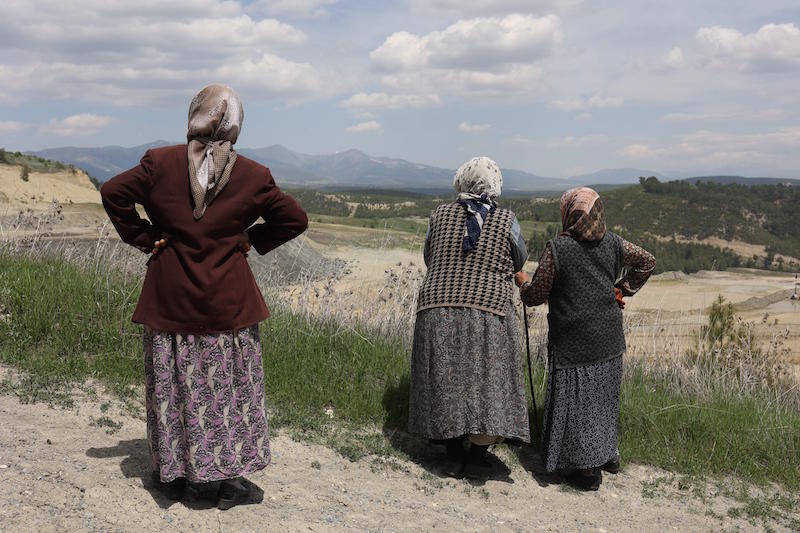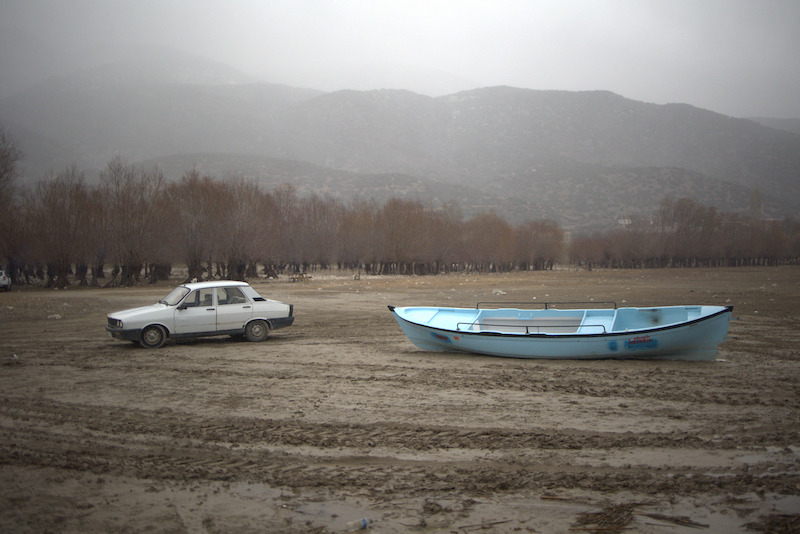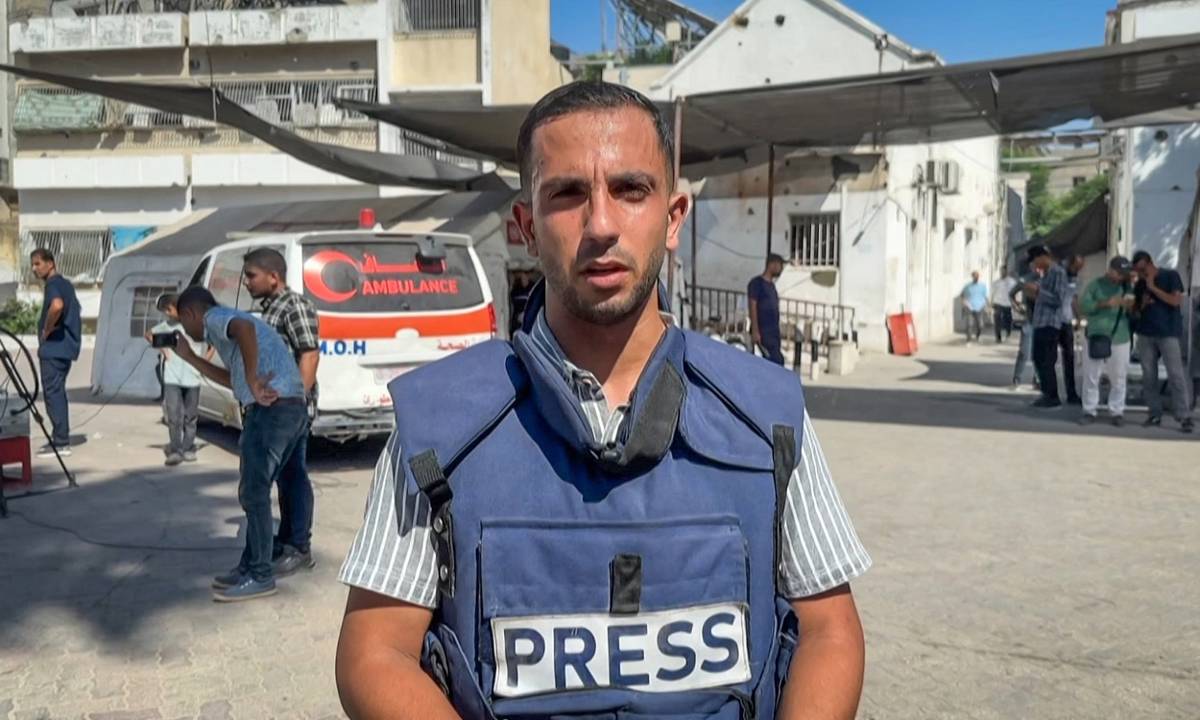The report, which is the result of an eight-day field research in the Büyük Menderes Basin, goes deeper by focusing on a specific region, but it does not stop there. It also has a perspective that reaches from this river to the seas of the world; for example, it draws a pattern of environmental destruction with lines drawn from a village in Aydın to the global scale. Scientific data strengthens the report, but the report transforms the narrative into a “story” without drowning the reader in data, sometimes like a diary, sometimes with notches from literature and psychology.
“Every conflict is, in part, a battle over the story we tell, or over who tells it and who is heard,” says Rebecca Solnit. The words in the language of the capital and the state, which continue their profit-oriented destruction by sacrificing nature, are development, growth and rent. Will they hear the objections of fish, trees and people? Then they raise their voices even more. The report titled "Rivers and Children", published in collaboration with the Center for Spatial Justice Association and the We Live Together Education and Social Research Foundation, tells this story from those whose voices are not heard. The report, which is the result of an eight-day field research in the Büyük Menderes Basin, goes deeper by focusing on a specific region, but it does not stop there. It also has a perspective that reaches from this river to the seas of the world; for example, it draws a pattern of environmental destruction with lines drawn from a village in Aydın to the global scale. Scientific data strengthens the report, but the report transforms the narrative into a “story” without drowning the reader in data, sometimes like a diary, sometimes with notches from literature and psychology.
It should be mentioned that Bülent Şık, the author of the report, is a food engineer and academic who works on the determination of residues of various toxic chemicals in food and water, food safety and child nutrition, but it should also be added that he is a child of a river. Şık, who has written three books, Mutfaktaki Kimyacı (The Chemist in the Kitchen), Bizi Yeryüzüne Bağlayan Hikayeler (Stories that Connect Us to the Earthand Children) and Gıda Güvenliği (Food Safety), grew up in Adana, in a neighborhood very close to the Seyhan River, so he knows what he is talking about in every sense.
Chemical pollution is often invisible because of its content and because we see its impact in large units of time, and sometimes it gets lost in the generalized environmental and climate crisis debate. Its “slow violence” is not sufficiently tracked and problematized. The “slow” here refers to its insidiousness as well as the long time over which it spreads.
The profound consequences of slow violence
Afyonkarahisar’ın Dinar ilçesi yakınlarında doğan Büyük Menderes Nehri , Uşak’tan Banaz çayının, Denizli’den Çürüksu ve Gökpınar çaylarının, Aydın sınırlarında Akçay ve Karpuzlu çaylarının sularını kendi suyuna ekleyerek 584 kilometrelik yolculuğunu Söke'de denize dökülerek tamamlıyor. With 2.5 million people living in its basin, it is Turkey's largest river ecosystem. In history, it has always been a symbol of abundance and fertility, but in recent years, Büyük Menderes has been shouting but not being heard. Its color has darkened, sometimes turning an eerie shade of pink, not to mention the foul odor it emits.
Rivers are always the places where civilizations are born and where biodiversity is highest. But they also suffer equally from environmental pollution. The intertwined networks of government institutions that do not care about the public interest and companies are so enmeshed that not everyone is affected by this process in the same way. When we talk about exposure to toxic chemicals in the environment, this “slow violence” hits the poor, already discriminated or disadvantaged segments of society harder.
The relationship between exposure to toxic substances through polluted air, water and soil, or through contact with various objects used, and various health problems, including cardiovascular diseases, lung cancer, kidney failure, organ dysfunctions, asthma, dyslexia, attention deficit/hyperactivity disorder, autism, obesity, heart disease, stroke, cancer, diabetes, has been discussed and documented for years, even if it has not entered mainstream discussions. It is imperative to take a global and systemic view; only in this way can we trace the roots of gold mining companies from the US, Canada, Australia and Europe shifting their operations to countries that are more “relaxed” in terms of permitting and inspection. For example, the Kışladağ Gold Mine in Uşak, with its gigantic structure that looks like a mountain could fit inside, has been operated since 2006 by Tüprag Metal Madencilik, an extension of the Canadian mining company Eldorado Gold.
Mining means groundwater depletion, deforestation and loss of vegetation, air pollution, soil impoverishment, loss of biodiversity. The contamination of soil and water by toxic heavy metals, the huge amounts of waste, which we have painfully seen in various examples that cannot be controlled, are typical sources of slow violence.
Toxic attack on the human brain
Pollution in the Büyük Menderes River starts in Uşak, around Dokuzsele Stream, with textile industry and domestic wastes, and leads to dark, foamy and foul-smelling water in Ulubey Canyon. Sadly, they observed that trees develop their roots as far away from the flowing water as possible. The wastes of the leather and textile industries in Denizli and urban wastes are carried to the Büyük Menderes River via Çürüksu and Dandalaz streams. Çivril Lake is the first place in Turkey where crayfish plague, which first appeared in the Po River in Italy in 1860 and spread to rivers and lakes in Europe over time, was first seen in Turkey.
When we arrive in Aydın from Denizli, the main topic is the geothermal power plants stretching for kilometers. Smoke and the smell of rotten eggs everywhere... Geothermal energy investments, which are promoted as one of the most environmentally friendly energy sources, turn into a source of risk for nature and people when they are not implemented as they should be. Many of them are very close to residential areas, even neighboring primary schools and football field carpet. Some of them are very close to irrigation canals and olive groves. In Aydın, 90 percent of the nearly forty power plants in operation are located in olive groves. “In geothermal fluids, boron and arsenic” were found to be “190 and 250 times higher than normal, respectively.”
The 2007 law on geothermals also eliminates the need for citizen consent to drill wells. In other words, if the owner does not want to lease or sell his/her land, the state expropriates it and eliminates the company's problem. Everything is so clear that the state uses its own power of force for an expropriation that does not have the slightest public benefit when the costs and benefits are taken into account, and the expropriation price is paid by the company to the citizens. It is not only a dispossession, but society and even future generations are punished.
The report notes that more than 140,000 chemicals and pesticides have been produced since the 1950s, but most of them have not been adequately tested for their toxic effects on the brain and nervous system. Even fewer tests have focused on children. The relationship between toxic chemicals and attention deficit/hyperactivity disorder, which has become almost normalized in the last few decades with an increase in the number of cases, and autistic spectrum disorder, which is now more common, is worrying. It is certain that toxic chemical pollution will be one of the world's biggest problems in the future. These substances insidiously cause tragic damage to the human brain, targeting the most basic cognitive abilities and mental faculties such as thinking, learning, reasoning, remembering and making connections. Identifying toxic chemicals in brain tissue is not easy. An important factor in the development of the brain and nervous system is the hormonal system, and the “insidiousness” is all the more pertinent since toxic chemicals, whose molecular structure is very similar to that of hormones, can be recognized as hormones when they enter the body.
There is a more concrete and shocking argument behind the report's focus on children than the cliché “they are our future”. It has been confirmed that most toxic substances can pass through the placenta and infect the fetus in the womb. Likewise, there are few, if any, studies on the effect of the environmental conditions surrounding the father on the child through sperm. One in six children is born with a congenital defect in the brain and one in eight has attention deficit disorder. Any exposure of children to these toxic chemicals risks physical and cognitive decline. It is precisely this risk that the “developmentalists”, the “but we have to do this to become a world power” are taking. When the attack is collective and organized, it is not possible to protect one's own child alone; it is necessary to be as collective, organized and persistent as the attack.





